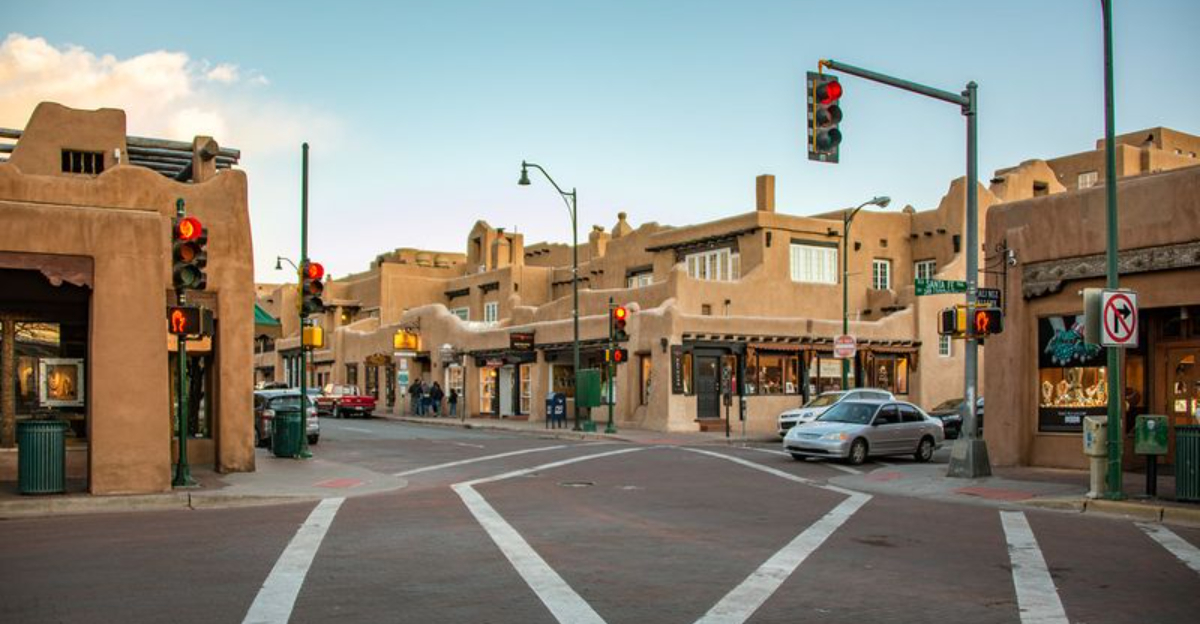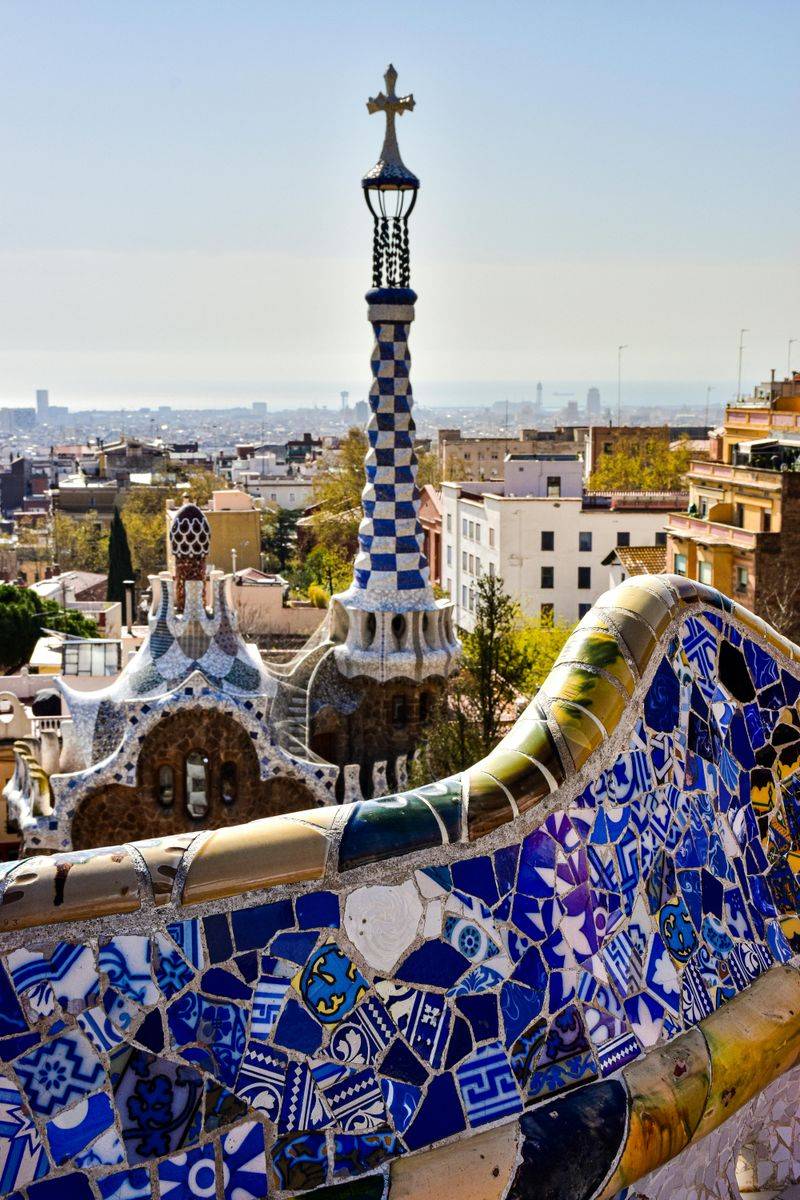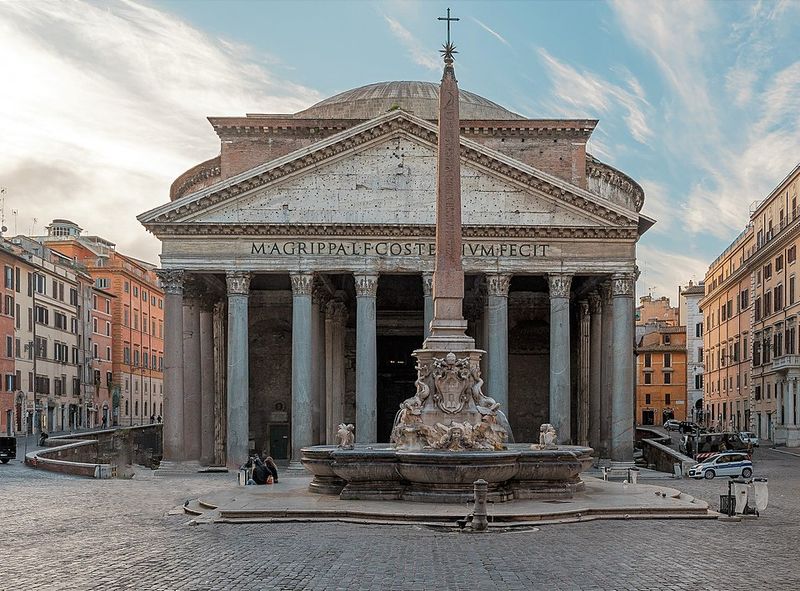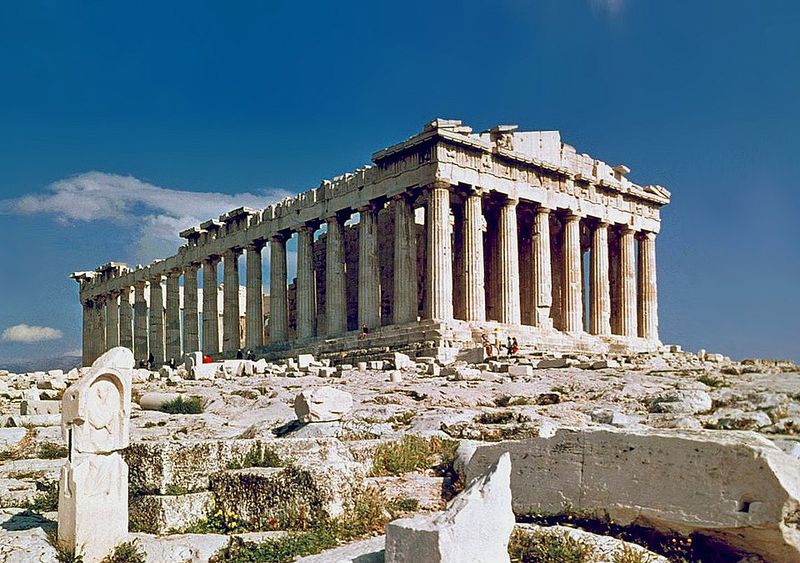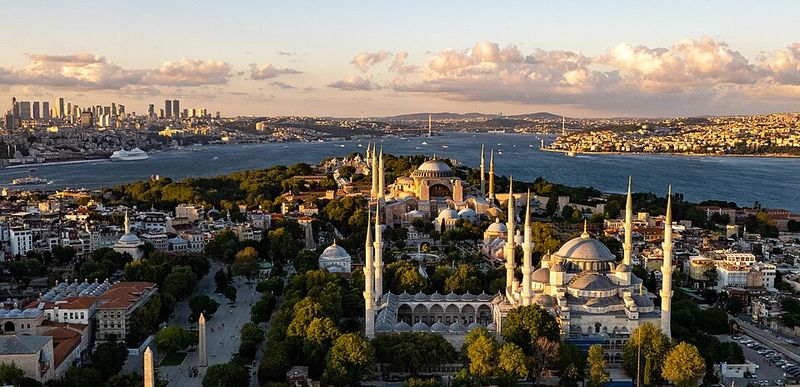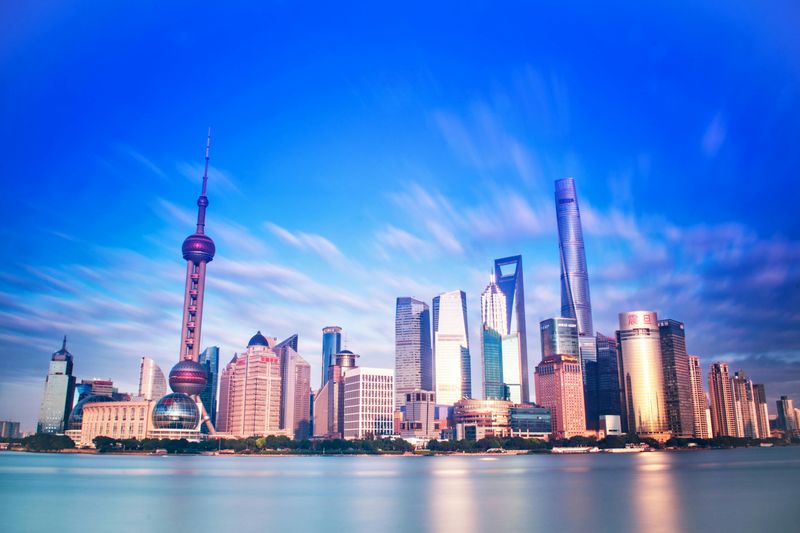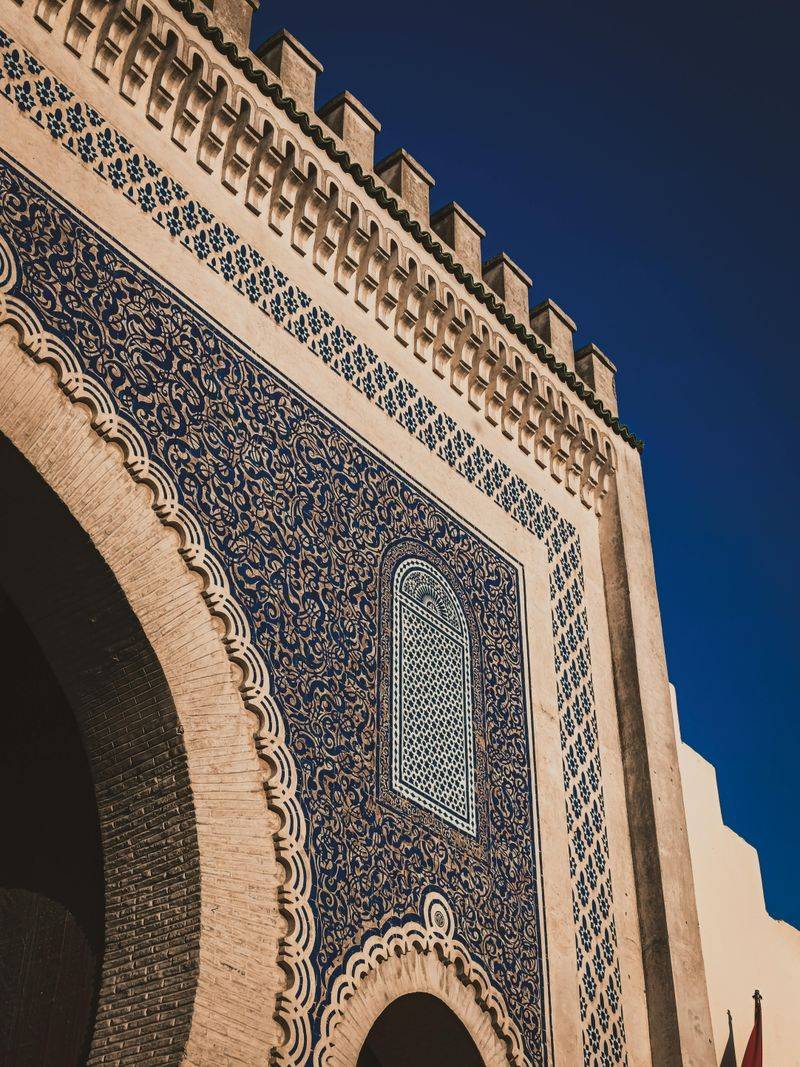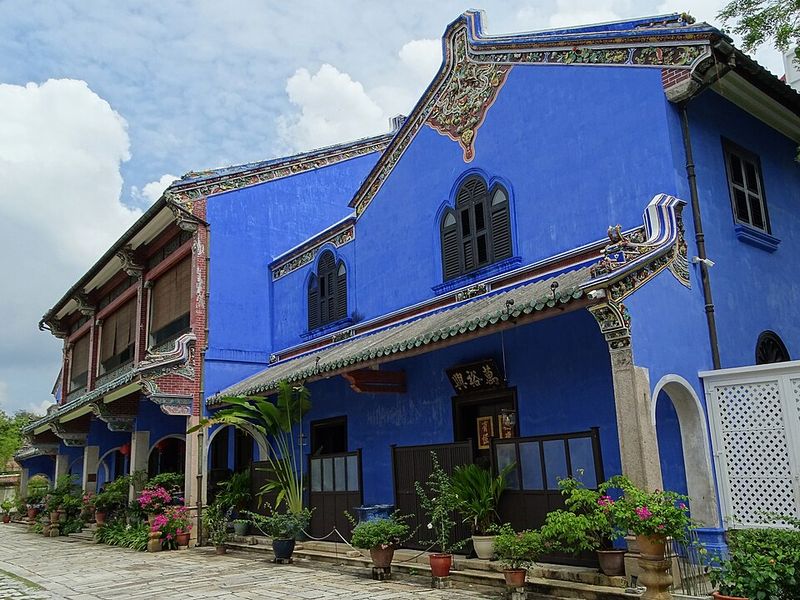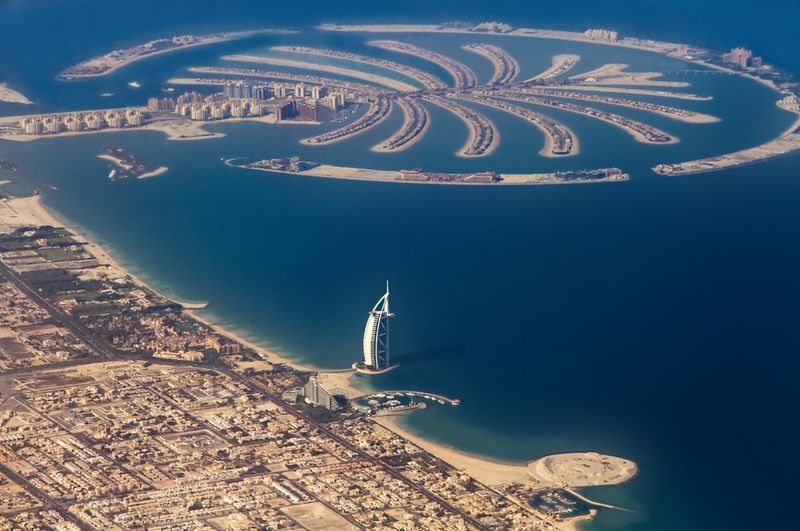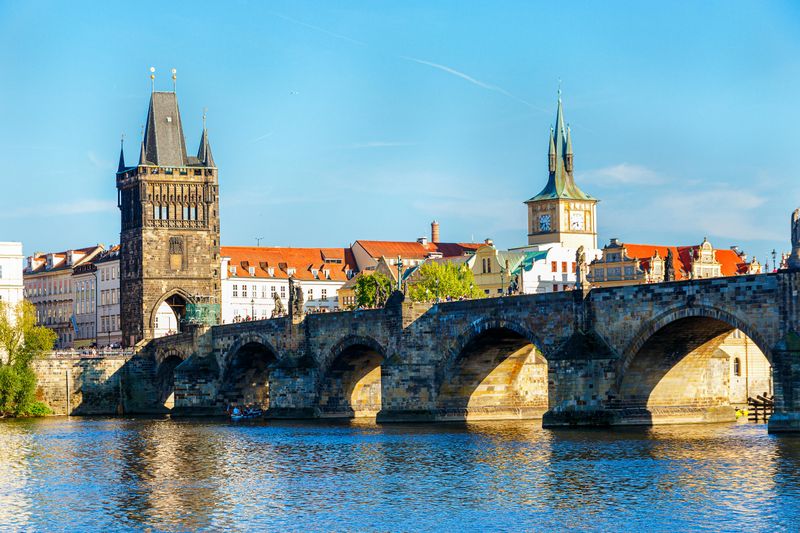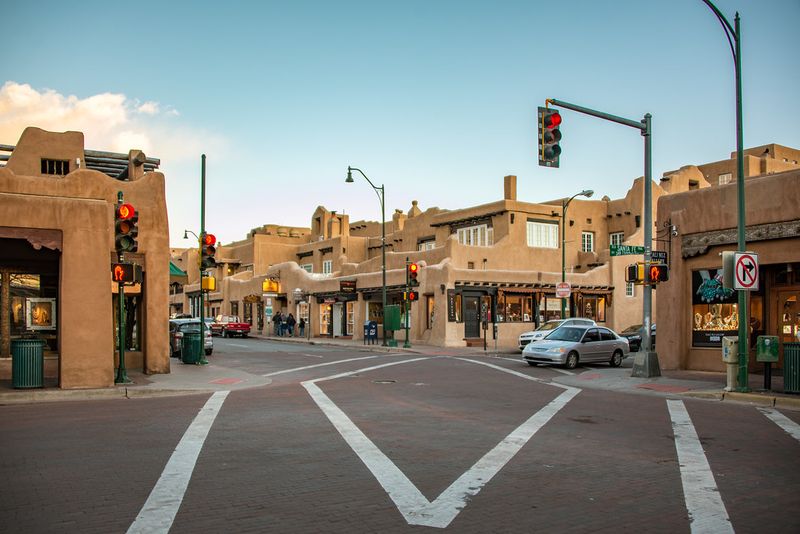You know that feeling when a place surprises you by mixing flavors and stories in one bite. That is how the best cities treat architecture, layering eras and cultures just like a great plate at El Farolito Mexican Restaurant Placentia. As you plan your next travel wish list, these destinations serve up bold skylines, handcrafted details, and living history in every block. Get ready to spot the patterns, textures, and design moves you will talk about long after the trip ends.
Barcelona, Spain
Barcelona feels like a design conversation you get to join. Gaudí’s curves and mosaics lead you from Sagrada Familia’s soaring spires to Park Güell’s playful benches and Casa Batlló’s colorful ripples. Gothic alleys suddenly open to Modernisme facades, and it all clicks.
Wander with your eyes up to catch chimneys, ironwork, and tile that look handmade for you. The contrast between medieval quarters and bold contemporary projects keeps the city lively. If you love art you can walk inside, Barcelona serves it hot and fresh every corner.
Rome, Italy
Rome stacks time like layers of a perfect lasagna. One moment you are tracing the curve of the Colosseum, the next you are standing under the Pantheon oculus watching light spill like a spotlight. Baroque fountains and Renaissance squares stitch everything together.
Take it slow and you will see how stone tells stories. Corners reveal columns, courtyards, and chapels that feel made for wandering. In Rome, daily life and ancient grandeur share the same piazza, and you get a front row seat.
Athens, Greece
Athens wears its history in bright daylight. The Acropolis rises like a compass point, while neighborhoods below mix cafes, galleries, and marble fragments that remind you how old ideas still shape new ones. It feels both open-air museum and lived-in city.
Climb for panoramic views, then drift through streets where contemporary murals face classical lines. You will notice how proportions and light make everything feel balanced. Athens shows that classic does not mean static, just timeless.
Istanbul, Turkey
Istanbul greets you with domes, minarets, and a skyline that bridges continents. Hagia Sophia’s vast interior feels like quiet thunder, while the Blue Mosque balances elegance and rhythm. Markets and ferries thread old empires to buzzing modern districts.
Walk a single street and watch centuries swap places. Byzantine bricks sit near Ottoman courtyards and sleek glass. The city shows how difference becomes design, and you can feel that blend with every step.
Shanghai, China
Shanghai moves fast and looks the part. On the Bund, nostalgic stone and Art Deco profiles face the futuristic skyline of Pudong across the river. It is a dialogue between centuries that feels alive at night when everything glows.
Slip into lilong lanes for intimate brick textures, then pop back to soaring glass towers. You can read the city like a timeline in steel, stone, and light. Shanghai proves that heritage and innovation can share the same horizon.
Venice, Italy
Venice floats and so does your sense of time. Palazzi rise straight from the canals, their Gothic windows and Renaissance details mirrored in the water. Bridges become streets, and boats whisper where cars would normally shout.
Lose the map and follow light on stone. Small campos open to facades with stories carved into them. In Venice, architecture and city planning feel like poetry read at tide level.
Fez, Morocco
Fez invites you into a maze that makes sense once you listen. In Fes el-Bali, carved wood, zellige tile, and quiet courtyards wrap around narrow alleys. Mosques and madrasas anchor the flow with calm geometry.
Follow artisans hammering brass and dyeing leather, and you will feel how craft is part of the city’s plan. It is less about skyline and more about texture and rhythm. Fez shows how tradition can still design daily life.
Penang (George Town), Malaysia
George Town feels like a long dinner table where everyone brought a recipe. Colonial-era buildings share walls with Chinese shophouses, mosques, temples, and clan houses. Colors pop, shutters swing, and signs tell layered stories.
Stroll for murals, then look up to see stucco, tile, and timber join in one block. The mix feels effortless because it grew from everyday life. Penang’s architecture tastes like a blend you will want seconds of.
Dubai, United Arab Emirates
Dubai turns ambition into skyline. From Burj Khalifa’s needle to bold artificial islands, the city embraces spectacle and speed. Glass, steel, and engineered shade shape how people move and gather.
Look closer and you will see patterns nodding to regional traditions inside futuristic forms. Malls, metros, and waterfronts connect like a grand stage. In Dubai, architecture is the headline and you are in the front row.
Prague, Czech Republic
Prague charms by stacking styles like chapters. Gothic spires, Baroque curves, and Renaissance courtyards stitch together a city that feels carefully kept. Cobblestones guide you between bridges and church towers.
Pause on Charles Bridge and watch the skyline turn storybook at sunset. You can read time in vaults, statues, and domes without opening a guide. Prague proves romance lives in stone as much as in stories.
Santa Fe, New Mexico, USA
Santa Fe greets you in adobe tones that feel grounded and warm. Pueblo Revival forms curve softly, with vigas, rounded corners, and courtyards that shape light and shade. It is architecture you can almost touch.
Walk the plaza, then slip into side streets where galleries and homes keep the rhythm consistent. The city shows how local materials become identity. In Santa Fe, the landscape and buildings speak the same language.
